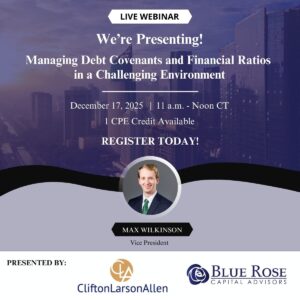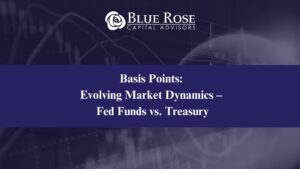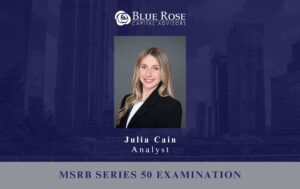Borrowers of long-term debt are always faced with this question: should we borrow on a fixed rate or a variable rate basis? This question arises irrespective of whether the borrowing will occur on a taxable or tax-exempt basis, or whether the borrower is a governmental, non-profit or corporate entity. It is a question that, at times, seems simple to answer. Certainly, there are instances when budget certainty is strongly preferred if not required, leading to the quick decision to issue fixed rate debt. Further, in current market conditions where both short and long-term interest rates are extraordinarily low – near all-time lows, in fact – it can be difficult to pass up the low, long-term cost certainty of fixed-rate borrowing. Yet for some borrowers and in many instances the decision is not so clear cut. Now, during a period of all-time low rates, the Federal Reserve has given us another consideration to make in answering the fixed versus variable rate question.
Last week Federal Reserve Chairman Jerome Powell revealed the Fed has adopted an average, rather than a specific, inflation target. While the inflation target remains at the same 2% threshold, it is based on the average inflation rate over time rather than, as has been understood historically, a 2% inflation cap. Here’s a snippet of Chairman Powell’s remarks from last week (the full speech can be found here):
“In seeking to achieve inflation that averages 2 percent over time, we are not tying ourselves to a particular mathematical formula that defines the average. Thus, our approach could be viewed as a flexible form of average inflation targeting.” – Federal Reserve Chairman Jerome Powell
For starters, this statement identifies not only the change in policy by measuring inflation over time (i.e. averaging), but it also identifies the flexibility the Fed is seeking to manage the inflation target. In other words, if the Fed isn’t going to be specific on the methodology for measuring the inflation rate, then it seems it will be difficult for the Fed to get their fiscal policy wrong (or even right!).
More importantly for borrowers, one could surmise the Fed’s policy change is a simple tweak around the edges. What does it matter that the Fed is considering an average 2% inflation rate versus a static 2% inflation ceiling? I would impress upon you that the implications could be dramatic. Already we know that the Fed is willing to be accommodative with their monetary policy in the midst of an economic downturn as a result of the COVID-19 pandemic. In fact, the Fed has identified an expectation to keep the Fed Funds benchmark rate near 0% for an extended period of time, likely through 2022. This expectation was set even before the recent inflation target policy change. Now, given the U.S. annualized inflation rate has been below the 2% target for five of the last seven years (and below 1% since April 2020), an averaging of inflation over time suggests the Fed can be accommodative for an even longer period of time going forward. As such, it is more likely now that a near 0% Fed Funds rate could exist beyond 2022. While the inflation rate may exceed 2% during an extended time period, the “average” inflation rate over time could easily be calculated to remain at or below the 2% target. Thus, it appears the Fed will be in no rush to increase short-term rates.
Fixed or variable rate? It is, indeed, a worthy debate. And while future rate expectations are only one aspect of the discussion, perhaps in consideration of the Fed’s recent inflation policy change the pendulum has swung just a little in the direction of variable. Our team looks forward to engaging you further in this discussion.
About the Author:
Erik Kelly | President | [email protected]
Erik Kelly serves as President of Blue Rose, providing leadership, coordination, and oversight of the firm’s advisory services since 2011. He also serves as the lead advisor to many of the firm’s clients, including advising higher education, non-profit, and other borrowing entities on the planning for and execution of all types of debt and debt-related derivative transactions. In managing the firm’s various advisory service areas, Mr. Kelly oversees both compliance with the changing regulatory environment and the delivery of professional advice to the firm’s clients.
Mr. Kelly holds a bachelor’s degree in economics from Amherst College and a master’s degree in theological studies from Bethel University. Mr. Kelly passed the MSRB Series 50 Examination to become a qualified municipal advisor representative and the MSRB Series 54 Examination to become a qualified municipal advisor principal.



